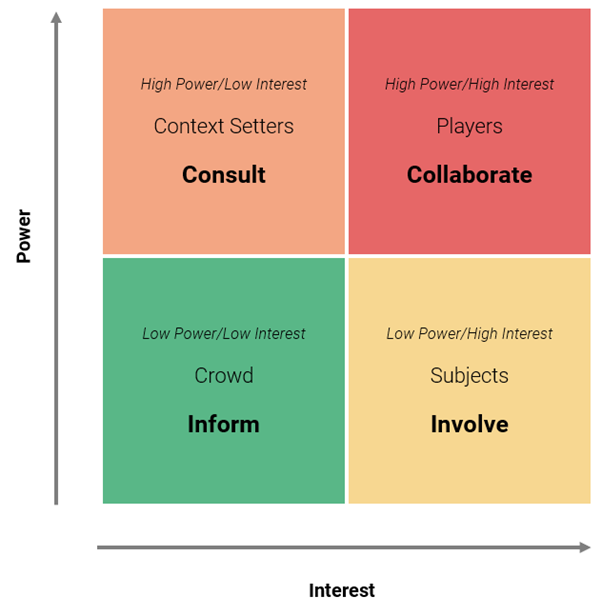Wednesday 28 Jul 2021 Article
The TakeawayHow to Properly Deal with Time Takers
Protecting Your Precious Time Made Easy
Part 1 of 3
#SayingNo #FreeWebinar #ProtectingTime #TimeTakers #PersonalDevelopment
The perfectly matched resource for this article...
[Free Webinar] Sign up for our free 'Learning to Say ‘No’ to Further Your Career' webinar!
'I feel overloaded', 'I have too much work' - does this sound like you? The underlying cause could be because you are constantly saying ‘yes’ because you want to show that you are willing and able, because you want to be the 'hero', or because you don't know how to say no. This webinar will help you challenge your reason for saying no and give you a four-step process to saying no.
Sign up for free!Playing catchup?
How to Properly Deal with Time Takers
Time is your most precious commodity; you only have a limited amount of it and therefore it’s crucial that you protect your time and spend it wisely. However, this is often easier said than done in the workplace as stakeholders (often your biggest time takers) can be guilty of making constant requests that distract you from the task at hand and use up your valuable time.
It’s important to remember that not all stakeholders are equal; there are different types and being able to categorise your stakeholders allows you to focus your time, attention and efforts where it really matters.
What is a Stakeholder?
A stakeholder is “a person with an interest or concern” in what you are doing. For example:
- Customers
- Employees
- Line managers
- Shareholders
- Suppliers
How to Categorise Your Stakeholders Using the Power/Interest Matrix
Created by Colin Eden and Fran Ackermann, the Power/Interest Matrix is a grid used to categorise stakeholders into one of four quadrants based on their degree of power and interest so that you can manage them and their requests effectively.

- High Power/High Interest
Stakeholders in the ‘high power’ and ‘high interest’ quadrant are called ‘players’ and you should aim to build a relationship and consensus with them. ‘Players’ should be collaborated with on tasks and projects; for example, you could invite them to strategy planning meetings and review meetings. - High Power/Low Interest
Stakeholders with ‘high power’ but ‘low interest’ are known as ‘context setters’ and should be consulted. ‘Context setters’ have a lot of influence so it’s important to ensure that they feel that their opinions are heard and understood. However, because they have low interest, their suggestions may not always be in the best interest of the task or project, so it’s crucial to be able to stand your ground and say ‘no’ sometimes so that you are only focusing your time on tasks that really matter. - Low Power/High Interest
Stakeholders in the ‘low power’ but ‘high interest’ quadrant are called ‘subjects’ and should be involved. ‘Subjects’ feel that they are affected by the product/service/project etc and are therefore keen to influence it however, they don’t have the power to make decisions. Similarly to ‘context setters’, it’s important to make ‘subjects’ feel valued and involved; however, you can’t always say ‘yes’ to all of their requests as they may not always be the best use of your time. - Low Power/Low Interest
Stakeholders with ‘low power’ and ‘low interest’ are known as the ‘crowd’ and they simply need to be informed of plans, any changes to plans, and progress. The ‘crowd’ are unlikely to make requests that are of high importance or urgency, and therefore their requests can often be delegated or scheduled for a later date.
{{ADVERT}}
Prioritising Your Stakeholders’ Requests
Once you have categorised your stakeholders into one of the four quadrants, it’s important to know which stakeholders’ requests you should prioritise.
Typically, the order in which you should prioritise stakeholders’ requests goes as follows:
- High power and high interest stakeholders’ requests
- High power but low interest stakeholders’ requests
- Low power but high interest stakeholders’ requests
- Low power and low interest stakeholders’ requests
This is a great framework that can make prioritising stakeholders’ requests much easier. As we mentioned earlier in this article, it’s also important to be able to say ‘no’ to some tasks to protect your precious time.
Learning to Say ‘No’ to Stakeholders
Whilst it can be difficult to say ‘no’, it is extremely important as always saying ‘yes’ to tasks can lead to an unmanageable workload, making you feel stressed and overwhelmed. If saying ‘no’ is something that you struggle with, our free upcoming ‘Learning to Say ‘No’ to Further Your Career’ webinar at 10:30am on Thursday 5th August 2021 would be perfect for you.
Led by one of our expert trainers, the webinar will:
- Help you understand what is stopping you from saying ‘no’
- Explore the benefits of saying ‘no’
- Give you a simple, easy-to-use, four-step framework to make saying ‘no’ easier
You can sign up for this free webinar by clicking here or by clicking the button at the bottom of this article.
---
We hope that you have enjoyed this article and that you join us for the webinar!
Until next time...
[Free Webinar] Sign up for our free 'Learning to Say ‘No’ to Further Your Career' webinar!
'I feel overloaded', 'I have too much work' - does this sound like you? The underlying cause could be because you are constantly saying ‘yes’ because you want to show that you are willing and able, because you want to be the 'hero', or because you don't know how to say no. This webinar will help you challenge your reason for saying no and give you a four-step process to saying no.
Sign up for free!Missed an article?
More from Protecting Your Precious Time Made Easy
